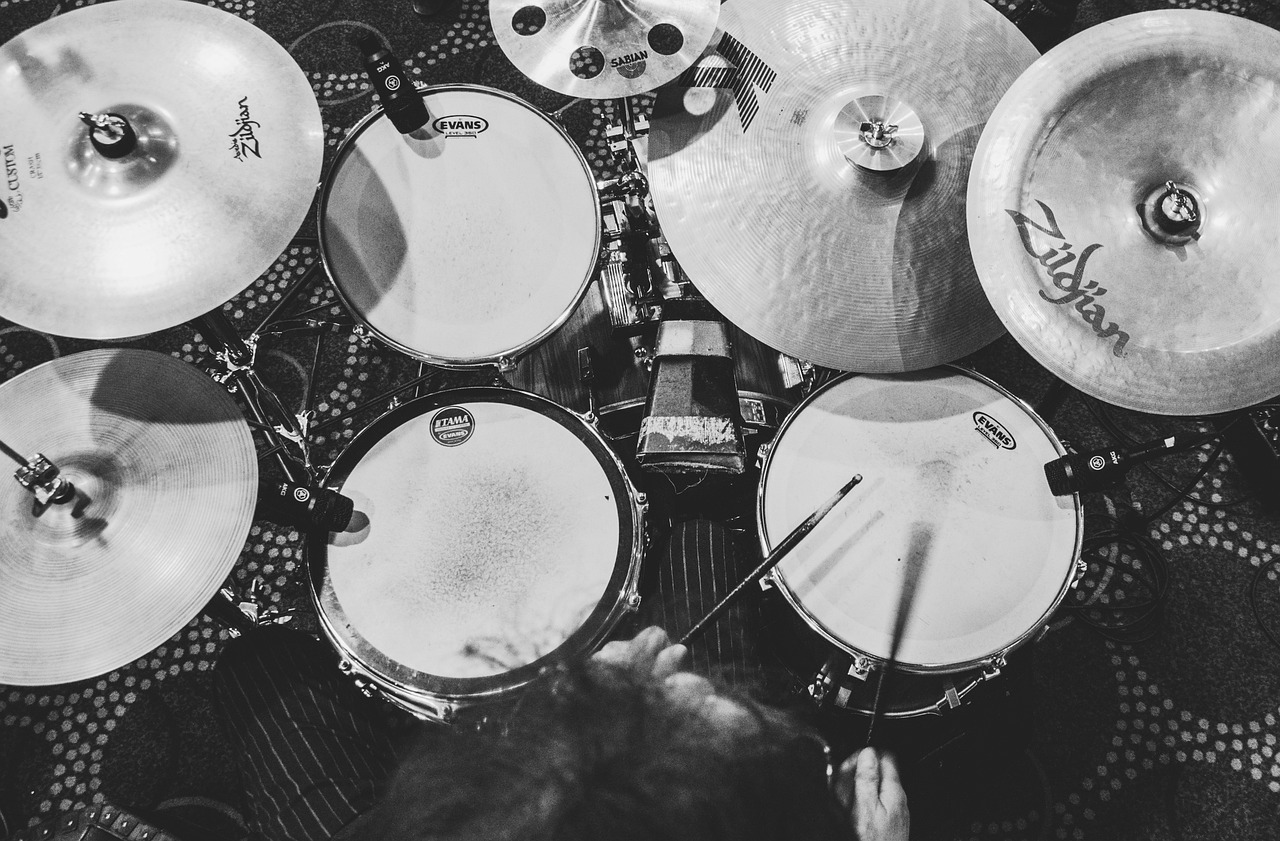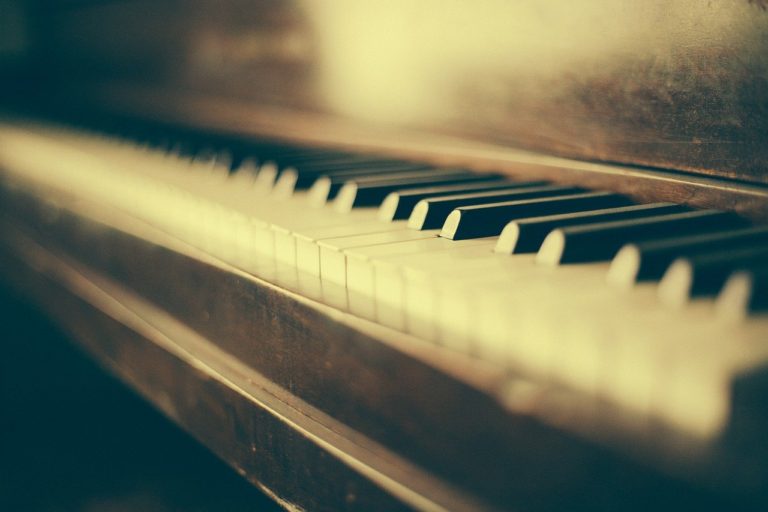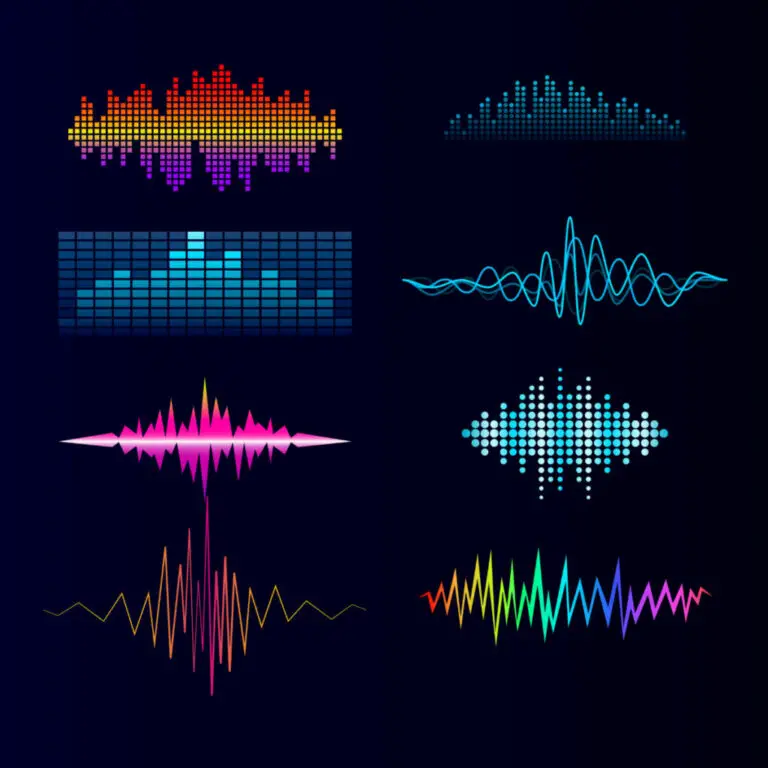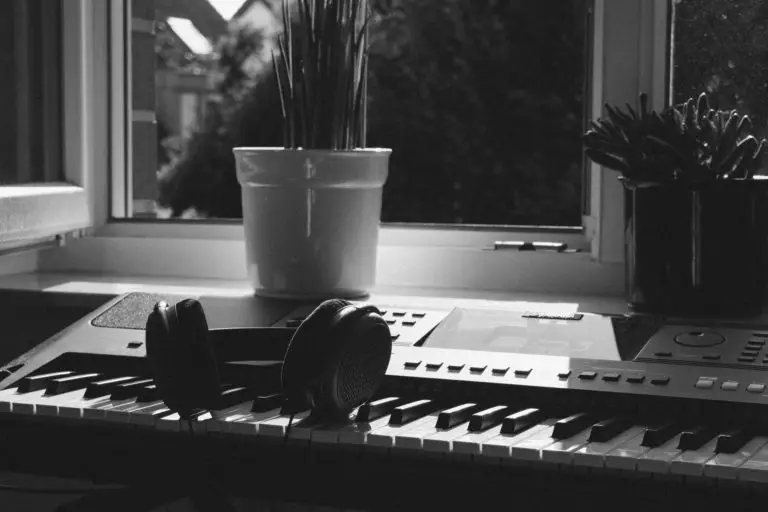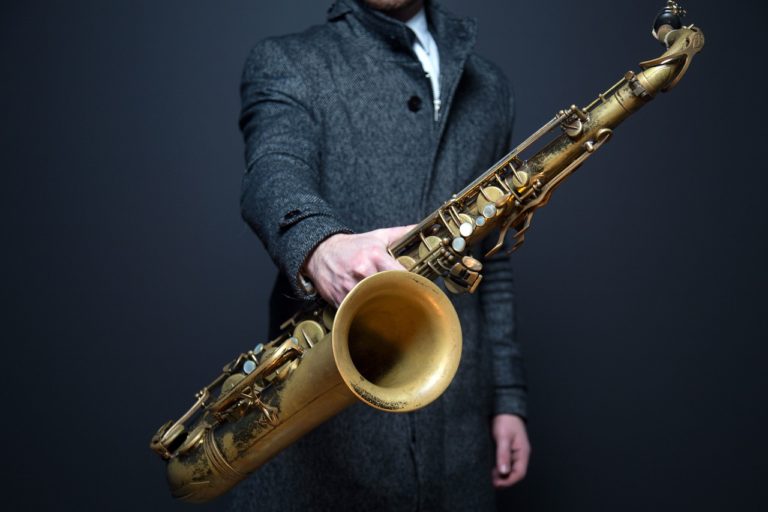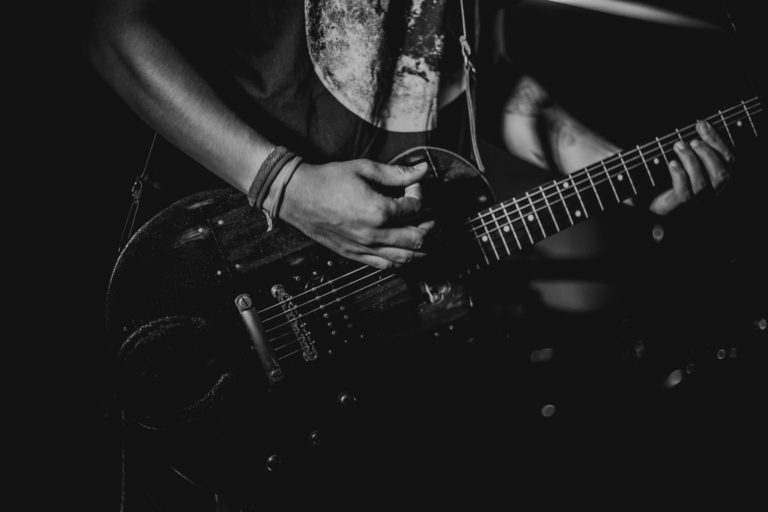Parts of a Drum Kit: The Anatomy of Drum Sets
You’re new to drumming, right? There is a lot to learn if that is the case. A few topics that come to mind include techniques, exercises, and music theory. Your plate is full, and I understand. However, one aspect of your drum set shouldn’t be overlooked: its structure. It is crucial to know the parts of your drum set. This knowledge is necessary to understand what you are playing and easily customize your setup to match your style.
What are the parts of a drum kit? The parts of a drum kit include; Cymbals, Seats, stands, Drums, Cymbal Stands, Pedals, mallets, brushes, and sticks. A drum kit is a musical instrument set with different percussion instruments. These parts come together to produce a unique poly-percussion instrument for a drummer.
Now let’s talk about each part of the drum in detail:
The Kick Drum or Bass Drum
Often the biggest part of a drum set, referred to as just ‘kick,’ is the part of the drum set commonly played with a foot pedal (traditionally connected to the drum rim). You might often find a hole at the front head of the drum. Also known as the resonant head, it helps modify the drum’s sound and amplify it. You can detach this head to change the drum’s sound.
You can also position a pillow or another damping material in the kick drum to manage the drum resonance or minimize its volume level. There are also feet at the resonant side known as ‘spurs,’ often placed at an angle that reduces the drum movement during play.
You can get two bass drums if you are interested in using both feet to create faster rhythms or a double bass drum pedal that allows using both feet to play one drum. However, you’ll need a good pair of drumming shoes to keep this beat.
Bass drums are commonly used in genres like jazz, metal, pop, and funk.
The Drum Throne or Stool
Whenever a drummer plays, they often sit on a stool known as the drum throne. This stool is usually a round padded stool with chrome legs. Based on your personal preference, you should use a seat that you like but ensure you can place your feet flat on the floor while you use it.
The Hi-Hats
This pair of cymbals are often operated with a foot pedal that controls their contact with each other. The typical diameter of the cymbals is 14 inches, but you can also find them in different sizes. Their ability to produce a wide range of tones is why they are one of the most dynamic parts of the drum set.
The Snare Drum
You will often find the snare drum at the center of the set, representing its crucial role. The typical drum size is about 14 inches in diameter and 6 inches in depth, but you can also get them in other sizes. It has a batter (top) and resonant (bottom) head and is covered in wooden and metal shells.
Toms Toms
It is commonly referred to as ‘toms’ and has a wide range of sizes. It is often mounted on a cymbal stand with a clamp. While it has a batter (top) and resonant (bottom) head, the bottom head is unnecessary.
There are different methods of clamping your toms, like the high/ mid method or the cymbal stand attachments. They can also be attached to the bass drum via the tom arms.
The Ride Cymbal
Often placed at the right side of the drum set, the ride cymbal is bigger and heavier than the Hi-Hats. You can play it with the tip of your drumstick to create a unique ride ‘ping’ tone. To generate a more defined tone, you can use the end of the stick to play the bell of the cymbal or the shoulder of the stick for louder sounds. Of course, you’ll need a good pair of drumsticks to handle this work.
Ride cymbals are generally not designed to be crashed. Crashing your ride cymbals damages them and makes them sound terrible. But some cymbals are designed as crash/ride cymbals, which can cause some cymbals harder to play than others.
The Crash Cymbal
These cymbals are usually smaller than ride cymbals but with a sturdier structure to handle the blow from the drumstick shoulder. It is explicitly for crash notes which are used to accent tones, for instance, after a fill.
You can use them to ‘ride’ a crash to produce incredible rhythmic patterns like the kind made on other types of cymbals. Rock music is the genre where you see it the most. You will often find many sizes of crash cymbals in a drum set.
Larger cymbals tend to generate louder sounds with longer echoes, while shorter cymbals will do the opposite. Having a selection of crash cymbals allows the player to develop a richer and more varied sound palette in addition to being convenient because you may keep one close to the previous drum you played.
For instance, it often sounds better to perform two crashes on two distinct cymbals when a fill demands them to be played quickly, one after the other. You might hit both at once for compelling moments!
Other Cymbals / Percussion Items
The five-piece drum kit described above is quite simple, but you’ll undoubtedly want to improve and expand once you’ve played for a while. What you add is entirely up to you and is heavily influenced by the type of music you listen to. This article would never end if I included every percussion instrument you can add to a drum kit, but here are some typical “extras” that you might want to consider.
Splash Cymbal
In essence, a splash cymbal is a little crash cymbal. Although they come in various sizes and shapes to provide more roughness to your playing, the standard size is eight ′′. A splash works well as a subdued accent cymbal, and its diminutive size may be used in tight spaces where other cymbals cannot.
Listen to The Sound of Muzak by Porcupine Tree to hear how well Gavin Harrison uses the splash to give the beat more texture early on in the song. In this tune, splash cymbals are used in inventive ways.
Crash / Ride Cymbal
A crash/ride is occasionally considered a less expensive alternative to buying separate crash and ride cymbals; however, that isn’t always the case. There are excellent crash/ride cymbals that function admirably as both a ride and a crash cymbal, and you only need to carry one cymbal at all times! It is handy for jazz.
China Cymbal
Any drum kit would benefit from the inclusion of a China or Chinese cymbal. The cymbal has an up-turned edge and is frequently positioned upside-down such that the stick’s shoulder strikes the edge’s bow, creating a highly characteristic trashy-crash sound.
Cowbell
In a song, there’s always room for more cowbells! A cowbell is a metal percussion instrument frequently utilized in Latin American music and rock and pop. Listen to the timeless Guns N’ Roses song Nightrain, which features the late, great Steve Adler on drums. Usually, the cowbell is mounted on the bass drum’s hoop to the right of the snare; however, I strongly advise against doing this because it could harm the hoop. Clamps are how I like to mount them on a cymbal stand.
Conclusion
Before we wrap up, I should point out that not every drummer uses the same size kit; some utilize more or fewer components. Many musicians that perform in genres of music with frequently straightforward drumming, like punk rock or independent music, may often leave out portions of the toms or cymbals because they won’t be used.
Additionally, this has the benefit of being quicker and simpler to set up. Drummers that play more complex music, such as progressive rock or heavy metal, are prone to supplement their equipment with many additional instruments. This can include new percussion instruments like a block or cowbell, as well as a variety of toms and cymbals in various sizes.
To play the kick drum with both feet twice as quickly, a technique is known as double bass playing, some drummers add an additional pedal or even another kick drum to their drum sets.
However, most popular music uses the fundamental drum kit components we’ve listed here, so by studying their many tones, places, and applications, you can get a good start on learning how to play the drums.
